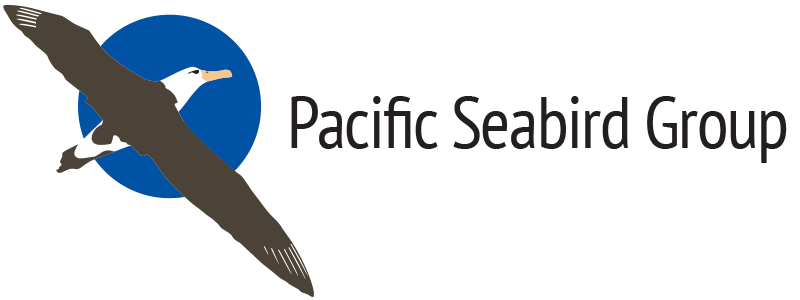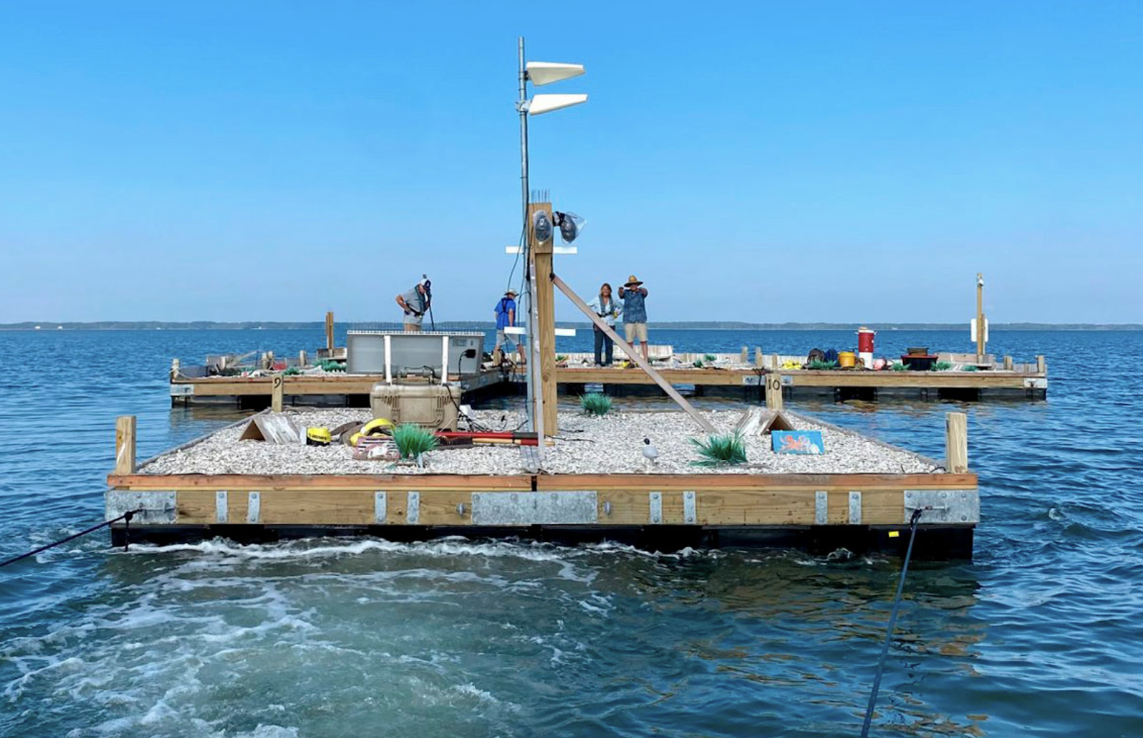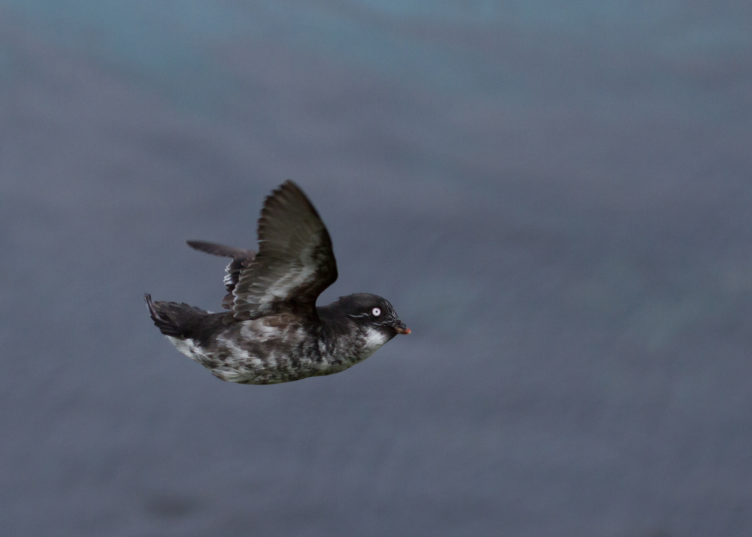PSG 2024 Industrial Habitat Workshop Summary
Compiled by Mark Rauzon, Kim Abplanalp, David Pereksta, Dena Spatz, and Alex Wegmann
The past fifty years has witnessed fantastic island habitat recovery via a suite of techniques, including predator eradications, species restoration through social attraction and translocations, and increased policy and funding focus on island ecosystems. The price of success is rising as the techniques are upscaled with aerial bait delivery over larger areas in invasive species eradication campaigns, since the low-tech islands have been cleared. Seabird habitat restoration costs on islands are approaching that of human-created habitat for seabirds, so-called industrial habitat creation, which is nascent.
This workshop initially focused on addressing the impact of offshore wind energy development on seabirds and other species, particularly focusing on mitigation strategies. Participants suggest a shift in mindset from viewing the impact negatively to exploring opportunities for positive outcomes. Ideas include creating artificial habitats, such as islands and platforms, to support vulnerable species. Climate change also demands we consider creative ways to restore seabird populations; industrial habitats (likely pared with attraction) being one of those solutions. There are a lot of examples of industrialized habitat, one recent example is the kittiwake tower built in the North Sea as a wind farm mitigation tool. We also know from the seabird restoration database that about a third of known social attraction efforts globally used artificial habitat for seabirds (mostly Laridae), and often with greater success than without, because the industrial habitat inherently minimized impacts from predators, human disturbance, and climate shifts. One successful example presented was the building of raft islands that have wheels and are removable if predators key into them.
We call for collaboration, international projects, and innovative approaches like bird platforms away from wind platforms and mitigating effects in other regions where there are novel opportunities. The conversation also touched on the mismatch in addressing seabird deaths due to fisheries compared to wind farms, proposing a holistic perspective and a management structure. Legal and regulatory challenges are highlighted, with a focus on the lack of seabirds as recognized “bycatch” under the Magnuson-Stevens Act and the need to advocate for changes to the Migratory Bird Treaty Act. The discussion delves into the complexities of mitigation, emphasizing the need for a clear framework, sustainability, and international cooperation. Examples of successful artificial habitats, concerns about industry compliance, and the importance of monitoring and education were highlighted.
Participants explored the potential of industrial habitats to generate valuable data through monitoring, emphasizing the benefits of “wired-smart” colonies. The idea of using industrial platforms to generate income from guano harvesting is introduced, suggesting economic opportunities for both birds and humans, and creating ecosystem benefits by fertilizing the seas. Concerns about legal responsibility, maintenance, and ownership of mitigation measures are raised, pointing to potential obstacles. Overall, the participants advocate for diverse and creative mitigation solutions tailored to different species and emphasize the need for a comprehensive, long-term approach to address the complex challenges associated with offshore wind development. Participants express a desire to ensure mandatory mitigation measures and consider the role of PSG is to influence regulations and promoting seabird-friendly practices in fisheries and wind energy projects; for example, responding to a “Notice of Intent to Prepare a Programmatic Environmental Impact Statement for Future Floating Wind Energy Development Related to 2023 Leased Areas Offshore California”. Future steps include synthesizing expert recommendations for some mitigation ideas, providing guidance on habitat creation for seabirds and guiding PSG’s Conservation Chair to write letters to support seabird inclusion as bycatch in the Magnuson Stevens Act, reinstating the MBTA incidental take permit, and endorsing an oceanic joint venture.







